Spring is upon us!
At least for those of us on the southern East coast. Nothing says spring like buying a bunch of new houseplants that you swear you won’t kill this year! Except maybe this year you can actually stop killing all of them.
I’ve had my fair share of houseplants die on me, but I’ve also learned a lot in the two years since I really started growing my houseplant collection – thank you to past Emily for that PlantTok absorption spree when we first moved to Virginia. And some of my houseplants are actually doing really well. Some aren’t, and that’s okay too.
If I had to recommend 5 tips for keeping houseplants happy to anybody starting out, these are the 5 I would tell them to start with, in no particular order.
1. Bottom Water Your Plants
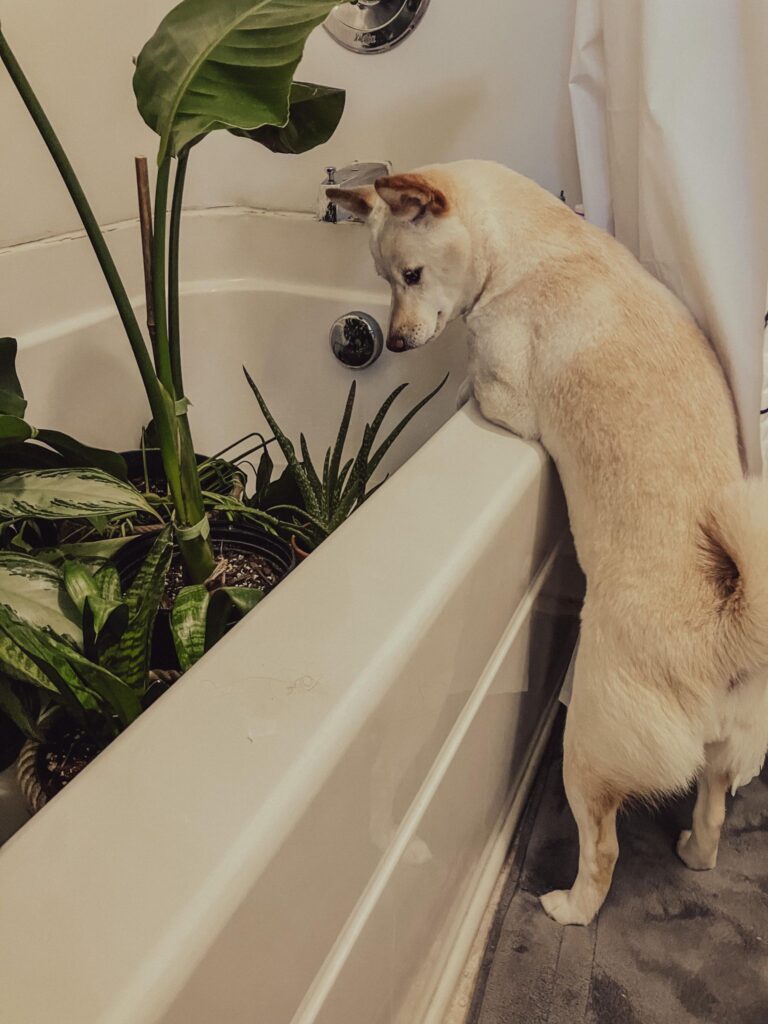
Or my preferred term for it – butt chugging. It’s exactly what it sounds like. You set the plant in a container of water and let the roots absorb all of the water that they need – no more, no less.
This is only possible when your pots have drainage holes in them. Which, by the way, your pots should absolutely have drainage holes in them. If the pot doesn’t have drainage holes… find a way to make some.
I like this method because it feels like it saves me time. Moving all the plants from one area into a container for a while usually feels less demanding than walking all over watering each individually. Of course, this isn’t a super practical option for every plant, such as those vining up a wall, hanging, or plants that are large and bulky.
If you are looking for a way to track your watering schedule in a plant or bullet journal, you can check out this tutorial I made on my watering tracker.
Pro tip: A bathtub is a good option for bottom watering a bunch of plants at once. This is clearly Piper’s favorite option!
2. Mix Your Own Soil
This tip is especially true if you tend to buy general potting mixes from big box stores. They tend to not actually have the best mix for houseplants, and can be vastly improved by adding other elements, such as mulch, perlite, worm castings, pebbles, etc.
Most potting mixes that come directly from a nursery will have some combination of these things already. But you can still pizazz them up if you want.
My current combination includes potting soil from a local nursery and Espoma brand of perlite, earthworm castings, and cactus mix. I use the whole bag of potting soil, about half a bag of perlite, half a bag of cactus mix, and a couple scoops of worm castings.
I mix all these together in a clear storage container and use that mix to repot any plants that came with poor potting mixes or that have outgrown their old containers. The earthworm castings provide some extra nutrients to the mix, while the cactus mix and perlite improve aeration.
Pro tip: Make sure to wear a face covering while working with perlite!
3. Let vining plants climb something
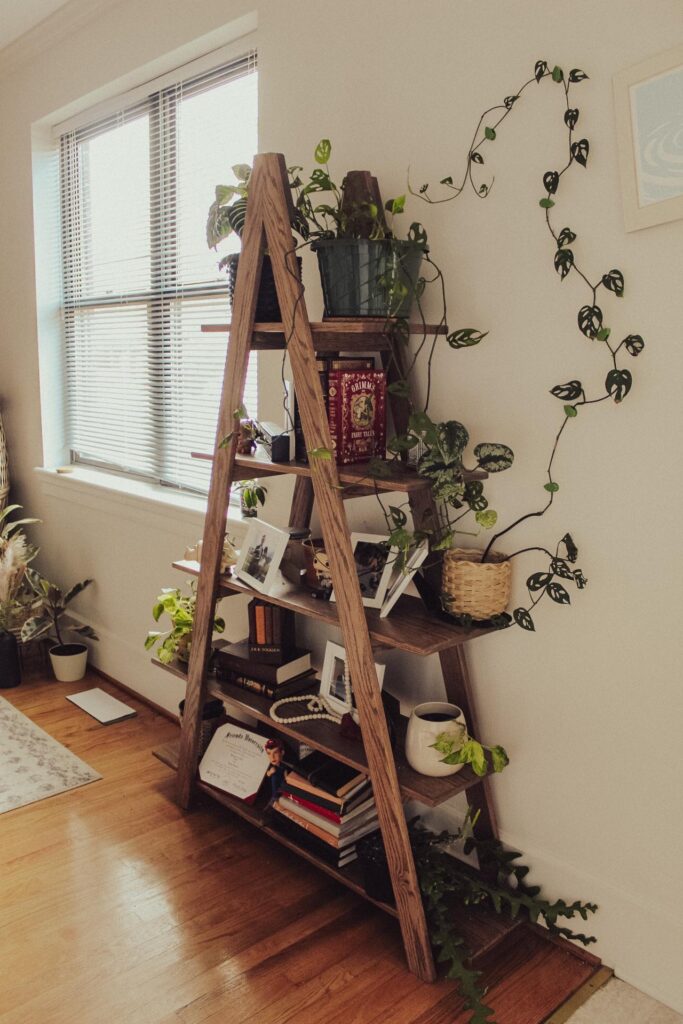
The key to a happy houseplant is to try to recreate the conditions of its natural habitat as much as possible. Most houseplant species originated on the rainforest floor. They’re often next to trees or other structures that vining plants like to climb. So if you own one of those plants, try letting them climb something and see how it grows.



Common houseplants that enjoy climbing other things include, but are not limited to: raphidophora tetrasperma, most monstersa varieties, pothos varieties, and philodendrons.
The two options I use to let these babies climb are moss poles and plant clips for the wall.
Moss Poles & Velcro
I use coir moss poles for my monstera deliciosa and my golden pothos. The one’s I’m using are from Amazon and conveniently stack on top of one other as your plants grow. You can also make these yourself or find some at a local nursery.
Then I secure parts of the plant to the moss pole with this green velcro tape. I love how it blends into the aesthetic.
Plant Clips for Climbing up the Wall
After using two moss poles for my raphidophora tetrasperma, I starrted using these green plant clips from Amazon to clip the vines to the wall. The clips have a sticky backing that adheres to the wall, and then there’s a hinge mechanism that allows you to open, secure, and close the top part of the clip. These also blend seamlessly into the aesthetic.
I add one every foot or so, and my tetrasperma LOVES it! It’s by far my healthiest plant, even after Waffles knocked it over several times. For comparison, in this picture can see what her size was in July 2021, about a year and a half ago.
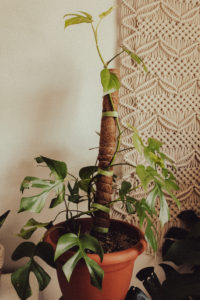
4. Keep your plants near natural, indirect sunlight
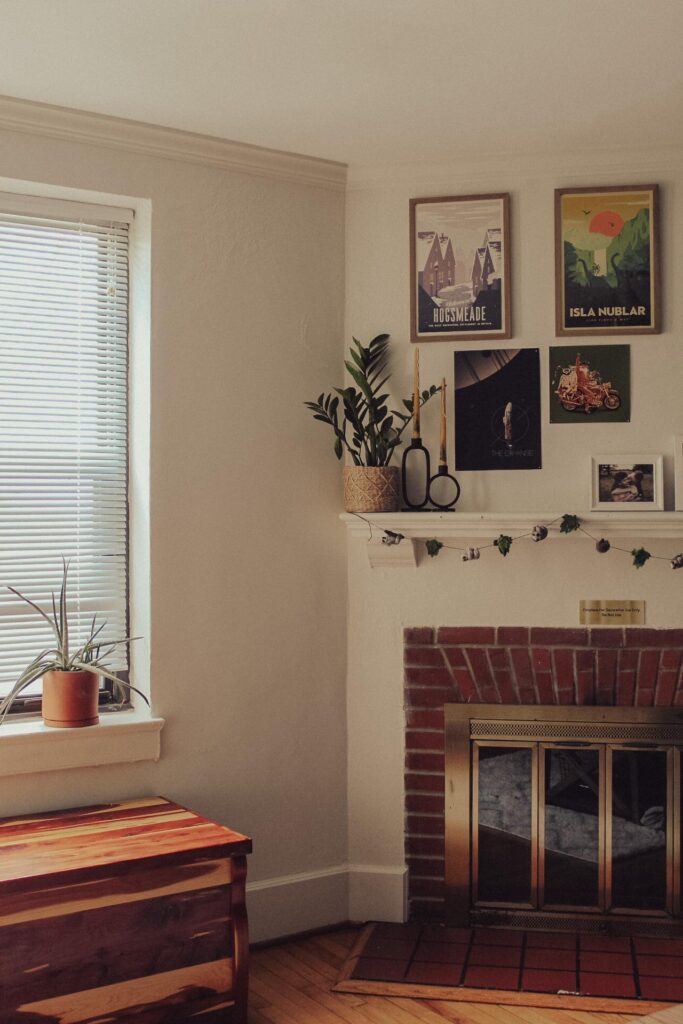
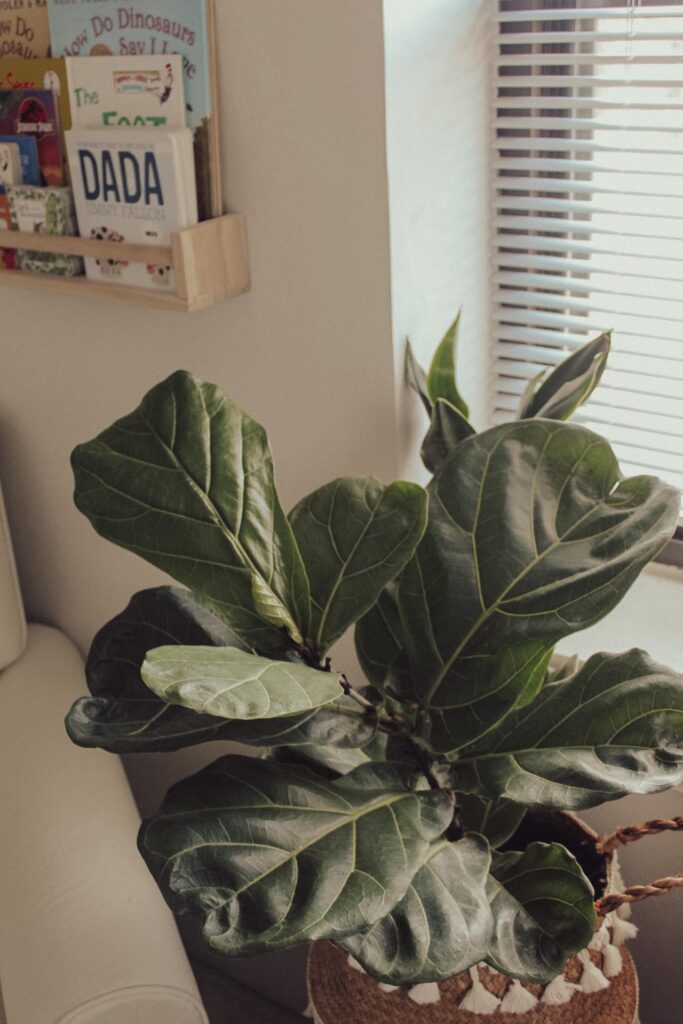
This one seems obvious. Obviously plants need the sunlight to power their photosynthesis. But keeping your plants as close to indirect sunlight as possible will give them more energy to grow. Again, this is about recreating their natural environment as much as possible, and they’re accustomed to light filtering in through canopies of tall trees.
The easiest way is to keep your plants as close to windows that stream sunlight as possible. Even if the sunlight is directly on the plant, the filtration of a window will still make the light indirect (think of a greenhouse).
If you don’t have a ton of natural light in your space or you’re wanting to fill up space somewhere further from the window, you can try using low-light plants: snake plants, ZZ plants, and most pothos varieties.
Grow lights are also an option. I personally haven’t used them so can’t attest to their ease or efficiency.
5. Set the appropriate temperature and humidity
Also crucial to our mission of recreating a houseplant’s natural environment are the temperature and humidity. We know that most common houseplants originated in rainforests, which luckily, share a similar average temperature to most American households: 68 – 77 degrees Fahrenheit. Some plants prefer it warmer, like cacti and succulents, but this range is going to be fine for most common plants.
If your house is old or has poor insulation like ours, then your different levels will have stark temperature differences. To combat this, I use these magnetic vent covers to try to keep the main level a little warmer.
Humidity can be a little bit trickier. The use of air conditioning in most American homes leads to lower humidity. This is good for some plants (the same ones that like the weather warmer), and bad for others.
For plants that like a little more humidity (the tropical plants), you can add a humidifier nearby. This is waaaay more efficient than misting your plants (seriously, who has the time?)
If you have a window in a frequently used bathroom, you could also try adding some humidity-loving plants in there. They will love the steam and moisture from your hot showers!
Houseplant Care Tips - YouTube Video
Hopefully you find these tips helpful and are able to incorporate some of them into your houseplant care routines. If you’ve found a particular species of plant that does really well in your home, let me know in the comments!
Happy planning and planting!
This blog post contains affiliate links.
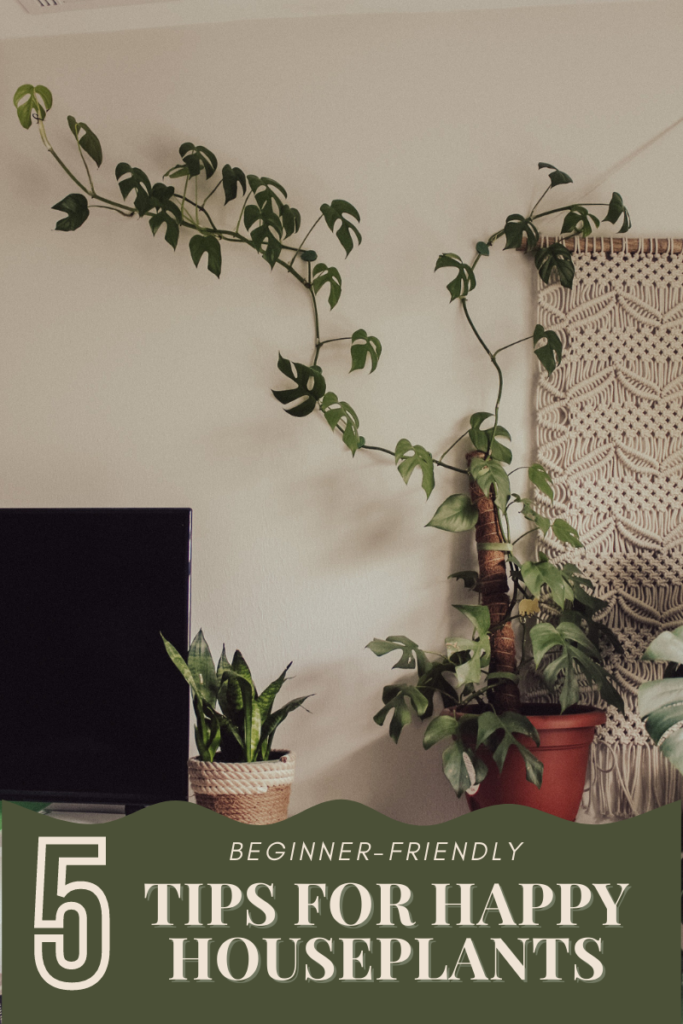
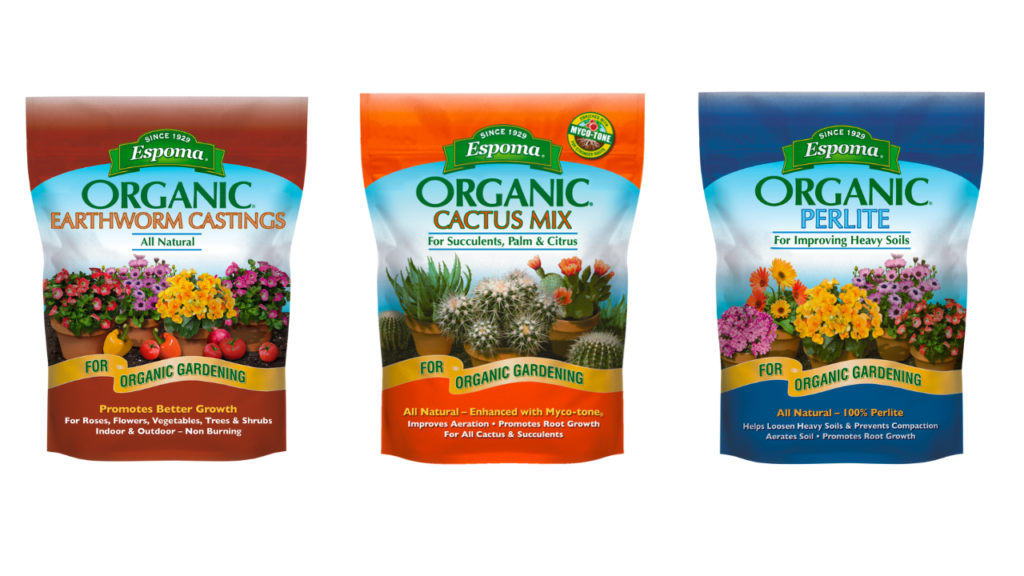
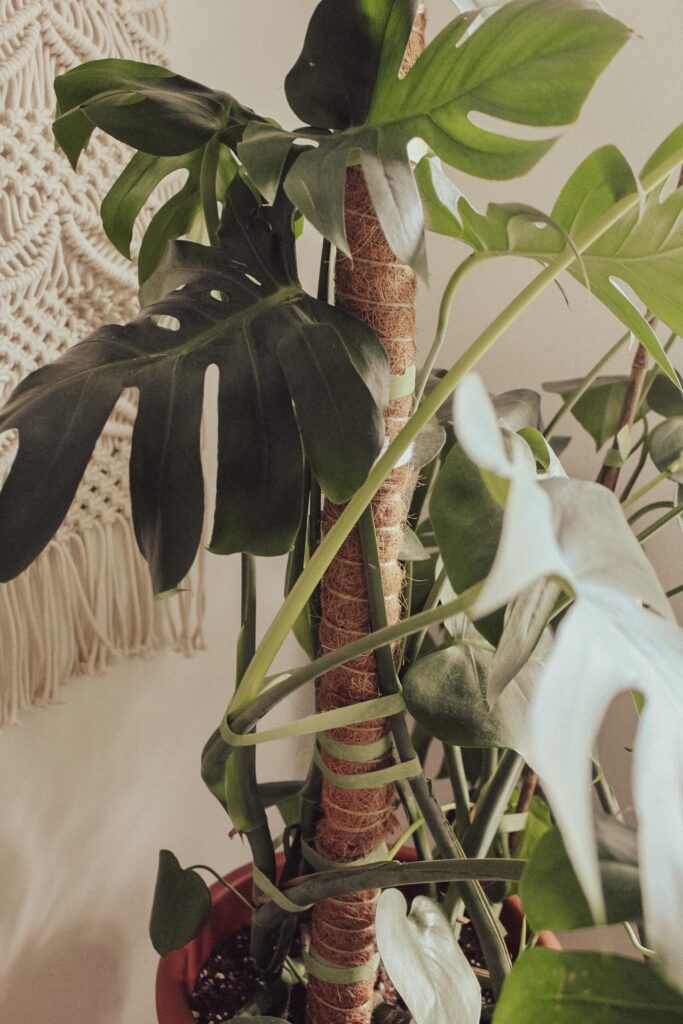
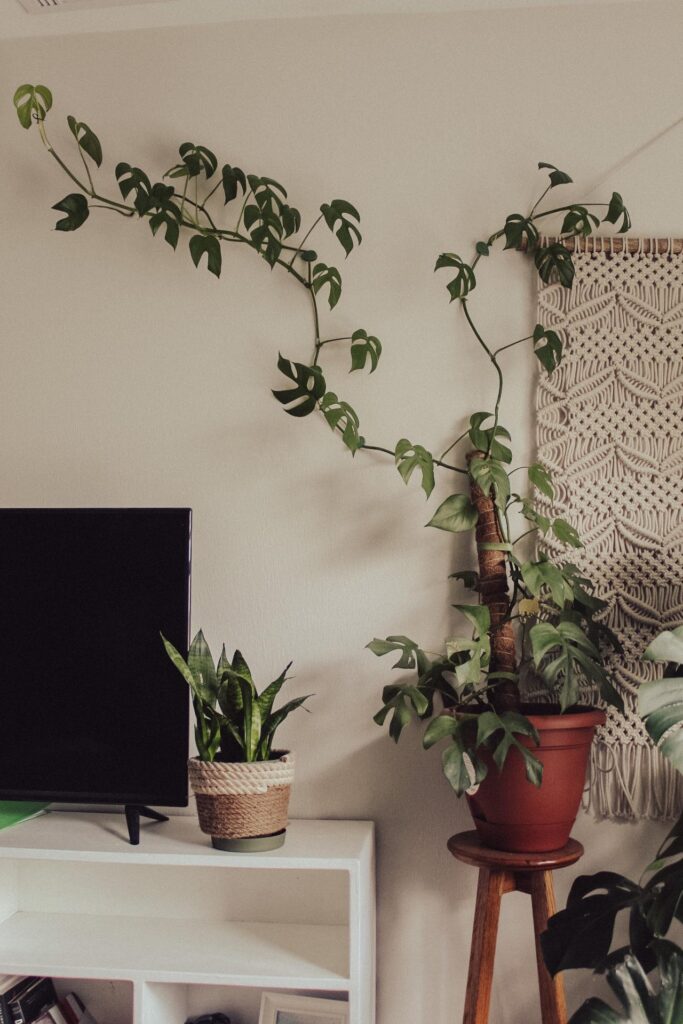
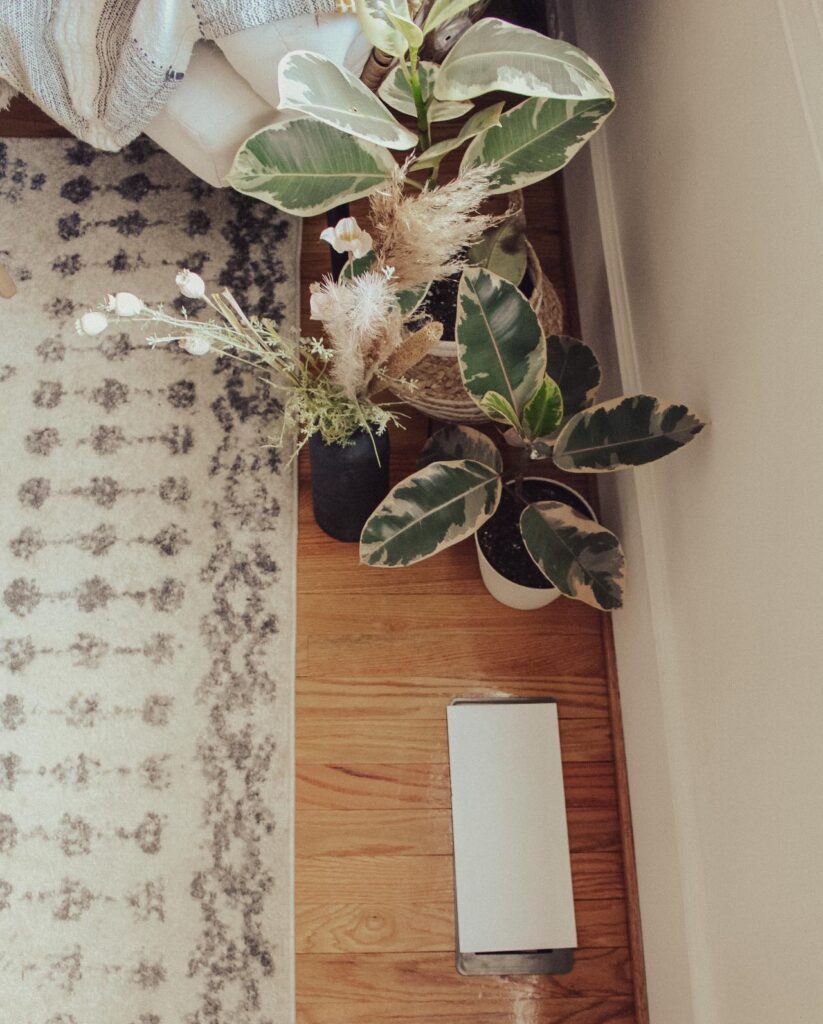
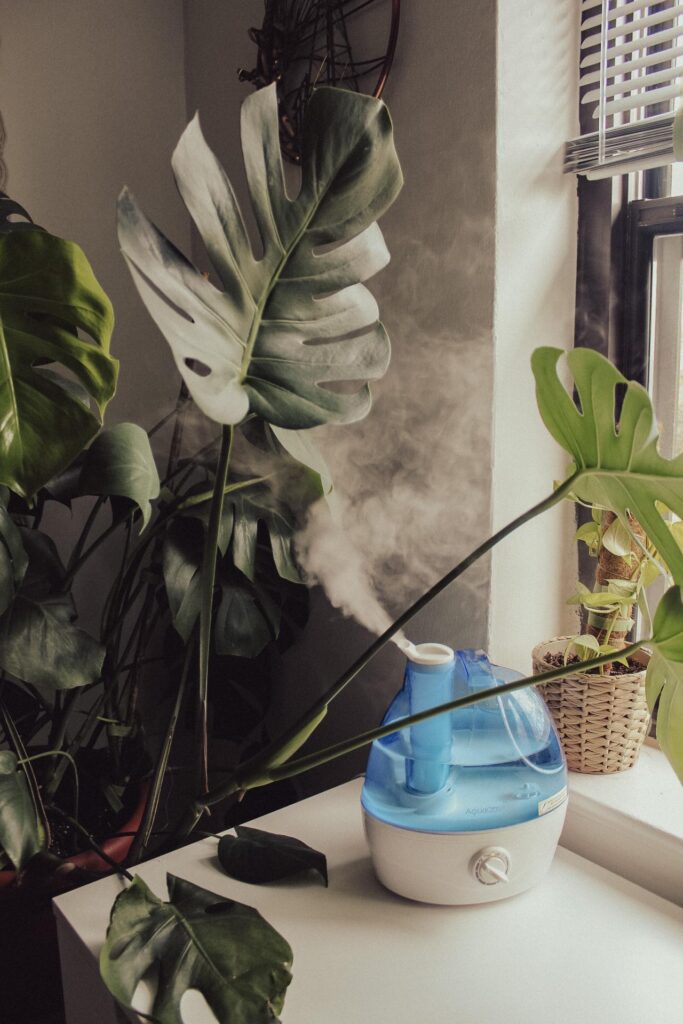
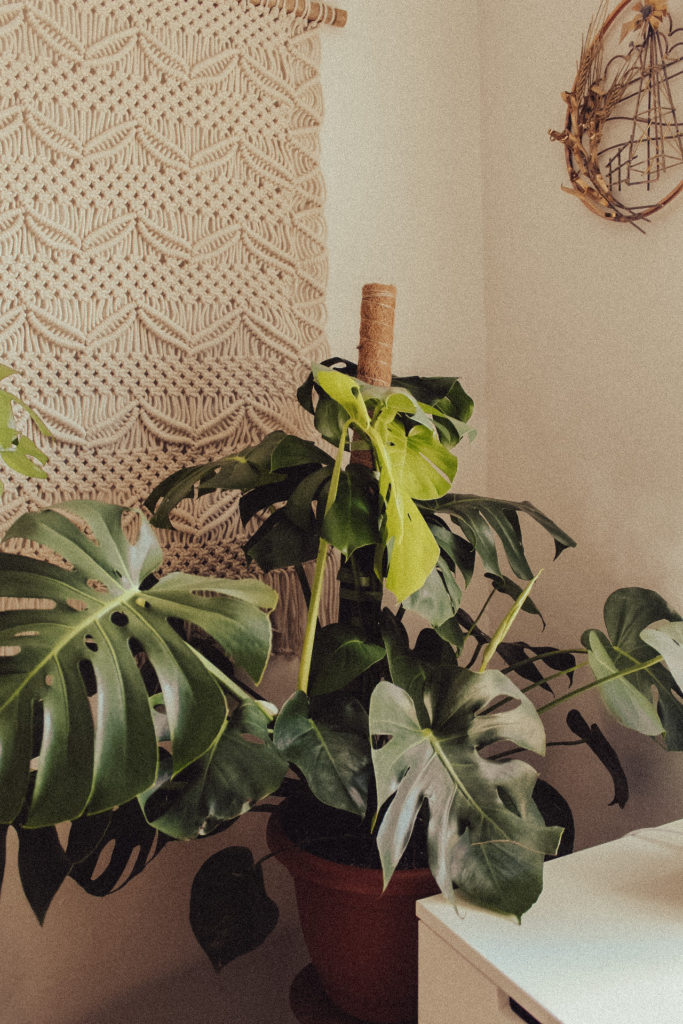

Good day! I just want to offer you a big thumbs up for your excellent information you have got here on this post. Ill be coming back to your blog for more soon.